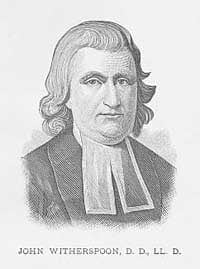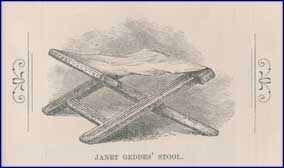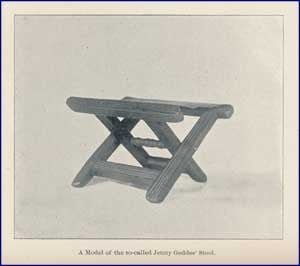Usurpers, Pretenders, and the One True King.
It was an ancient issue in many respects. Who was the king of the church? Was it the king of the British Isles, or was it Jesus Christ? There was no doubt in the prelacy party that the first answer was the correct one. And equally in the Presbyterian church, there was no doubt that Jesus is the king of the church. What was a turning point between the Crown and the Presbyterians was the passing of the Five Articles of Perth on August 25, 1618.
It all took place at a General Assembly on this date in Perth, Scotland. Yes, it was the national assembly of Scottish Presbyterians. Yes, there were various elders from the church of Scotland. Yes, there were faithful Presbyterians who were relegated to inferior positions, without the possibility of voting, even though they were elders sent by their Presbyterian parishes. Yes, there were many people present who were hand picked and not even ruling elders in the churches. The constitution of the Presbyterian Church of Scotland would be null and void in this gathering.
It was King James I who laid the five articles before the delegates. The five articles of this document were: (1) that Communion must be received in a kneeling posture; (2) Private Communion was permitted in cases of sickness; (3) Private baptism was permitted when necessary; (4) Children should be catechized and blessed by bishops (confirmation); and (5) Christmas, Good Friday, Easter, Ascension, and Pentecost were declared as holy days for the whole church.
Even though it was declared beforehand that those who voted in the negative against its adoption would have their names sent to the King for future action, actions such as the withholding of stipends, nonetheless forty-five ministers held to their convictions and voted in the negative. The total vote was 86 in favor to 45 against, and thus it was passed. The Articles of Perth were confirmed by the Edinburgh Parliament on August 4, 1621.
Brian Orr, on his blog, “thereformation.info”, from which most of the above was used by permission, wrote in conclusion, “standing back a pace, it should be recognized that the Articles of Perth, and particularly the kneeling at Communion, affected the whole Church in a direct and visible way. Opposition was not total, but it was strong enough to give rise to a permanent nonconformist group within the church. It also gave rise to the holding of conventicles in Edinburgh and other places in opposition to the new rites that signaled defiance of the king; and retribution followed.” (p. 3)
Words to Live By:
One of the blessings which we have in this nation of America is the separation of church and state. It is sadly true that this has been high-jacked by countless citizens to be equal to the separation of God and state. But in reality, it originally meant that no one religious denomination would be the one and only faith group recognized by the government. Our early Scots-Irish citizens did not wish to see a repeat of England and Scotland’s state priority over the Church of England. Let us as Christian citizens do our work of explaining this true meaning of the phrase “separation of church and state” among our neighbors and friends.



